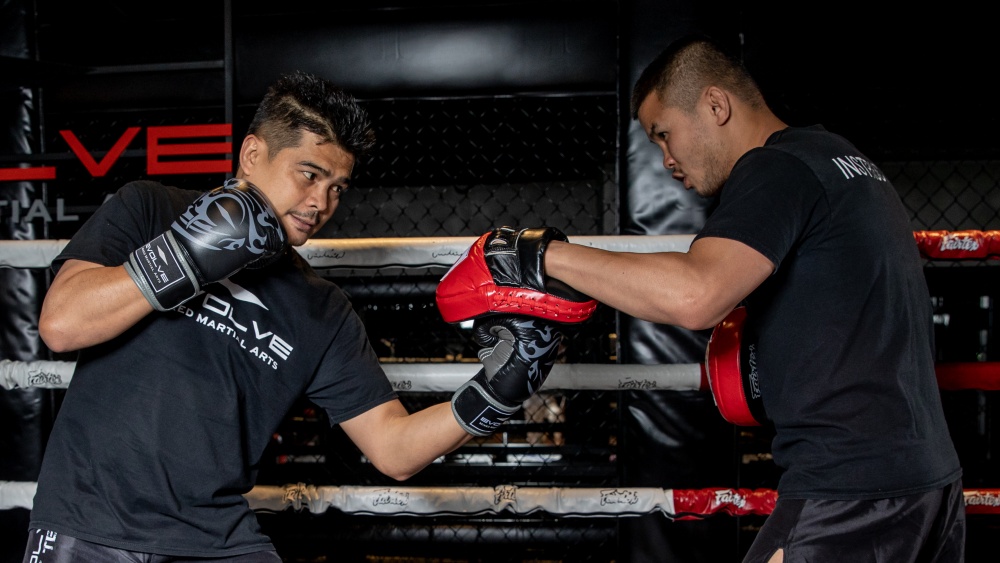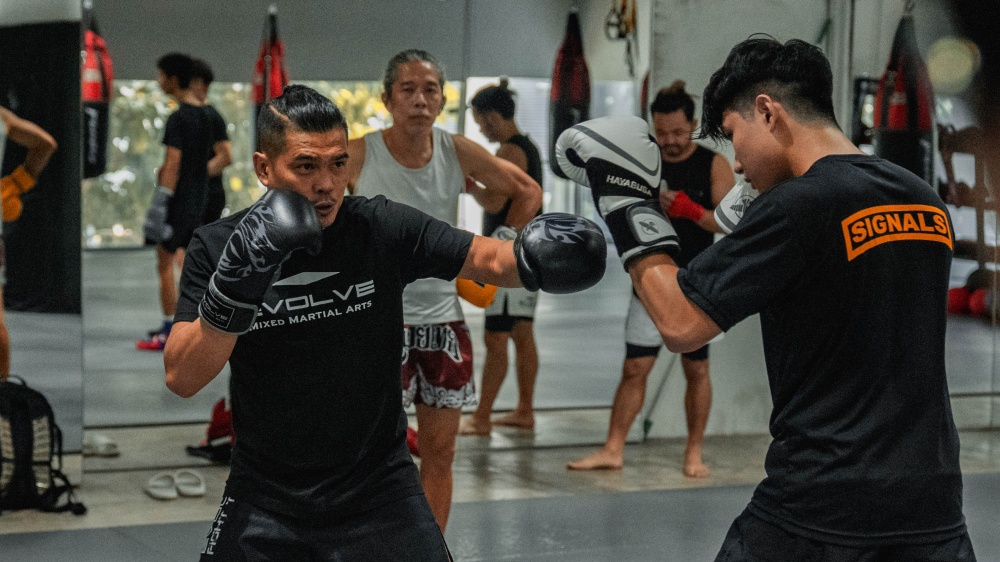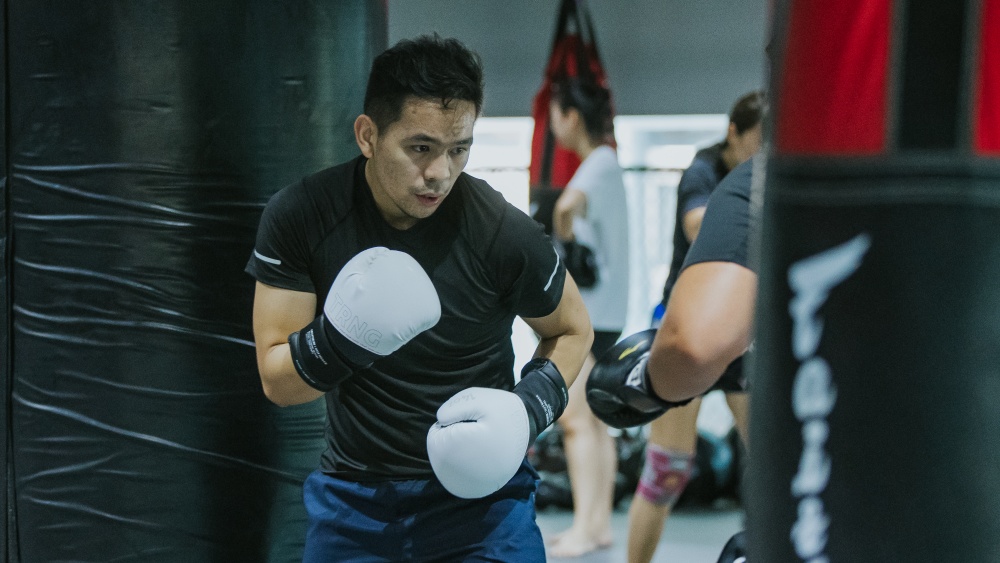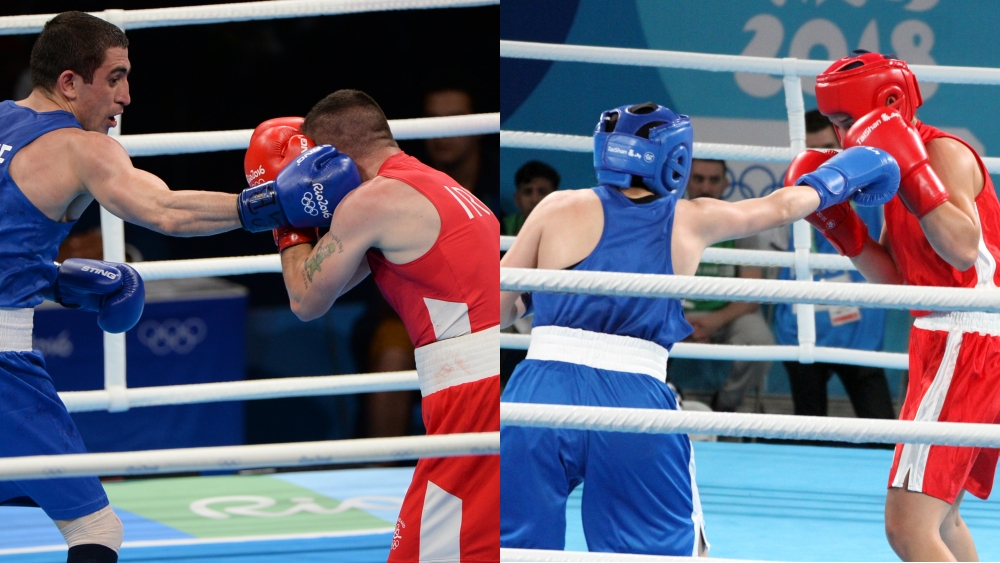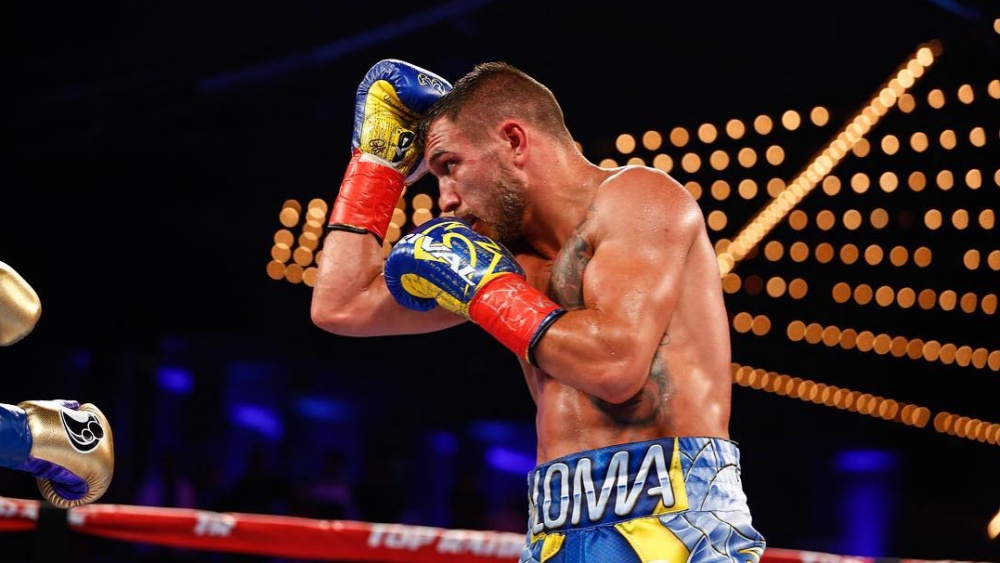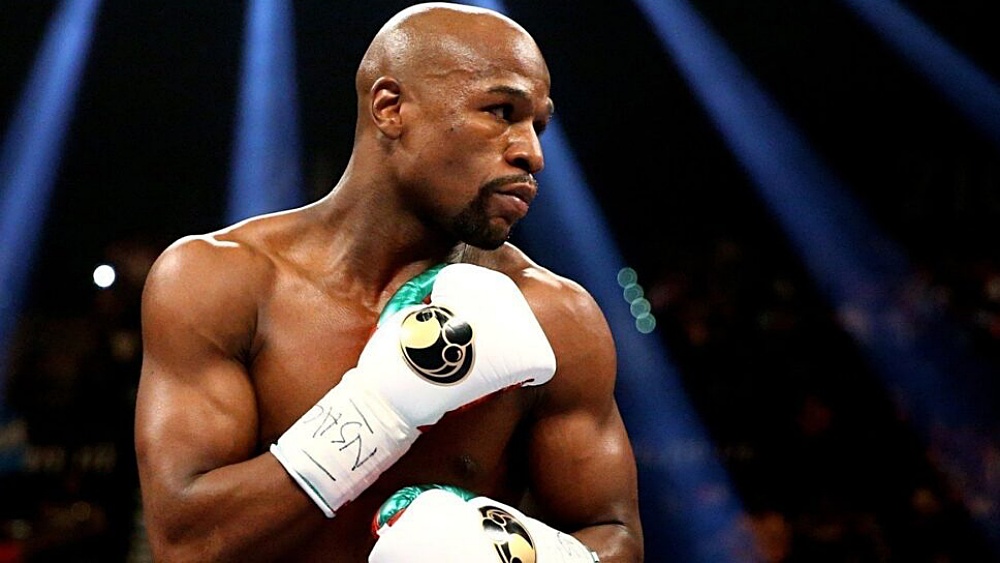Every boxer has to eventually gravitate toward a style they want to make theirs at some point in their career. It is rarely ever a conscious decision; it’s typically a result of adaptations they have to their boxing game to make it more effective. When your goal is to win a boxing match, your style naturally evolves to increase your odds of victory.
Most boxers’ fighting style comes naturally to them as their boxing skills grow over the years. The growing pains that come with training reveal which techniques and strategies work best for you.
Finding The Right Boxing Style For You
One of the biggest mistakes novice boxers make when trying to figure out the ideal fighting style for them is taking shortcuts in their training. They figure there’s no point wasting time learning things that are not essential for their preferred style. The problem is boxers who take this approach often end up with glaring holes in their games which makes it harder for them to compete at a higher level.
Your main focus as a beginner boxer should be learning the basic principles and fundamentals that make you more likely to succeed inside the ring. Mastering the fundamentals gives you a more cerebral understanding of boxing and why some styles might be better suited for you.
Mastering the basics also allows you to experiment with different styles to see what works best for you. While most boxers have a preferred fighting style, they’re more than capable of using other styles. For example, one of the reasons why Tyson Fury has been so dominant as a champion is his ability to switch styles with ease. He uses whatever gives him the best odds against a particular opponent and often changes styles during his fights.
Floyd Mayweather is another example of a boxer who’s been extremely successful inside the ring thanks to his ability to use various styles. While Mayweather typically preferred to fight on the outside, his ability to fight on the inside was one of the things that make it impossible for opponents to defeat him. Opponents would chase him around the ring for most of his fights, only to find out he was a better inside fighter than they were when they finally trapped him in a corner.
This is the ideal approach for boxers. You might have a single style that works best for you, but you want to be versatile enough to use other styles when your main style isn’t working or an opponent forces you to use a different approach.
Some of the factors that might make you prefer one style over another include:
1) Instincts/Traits
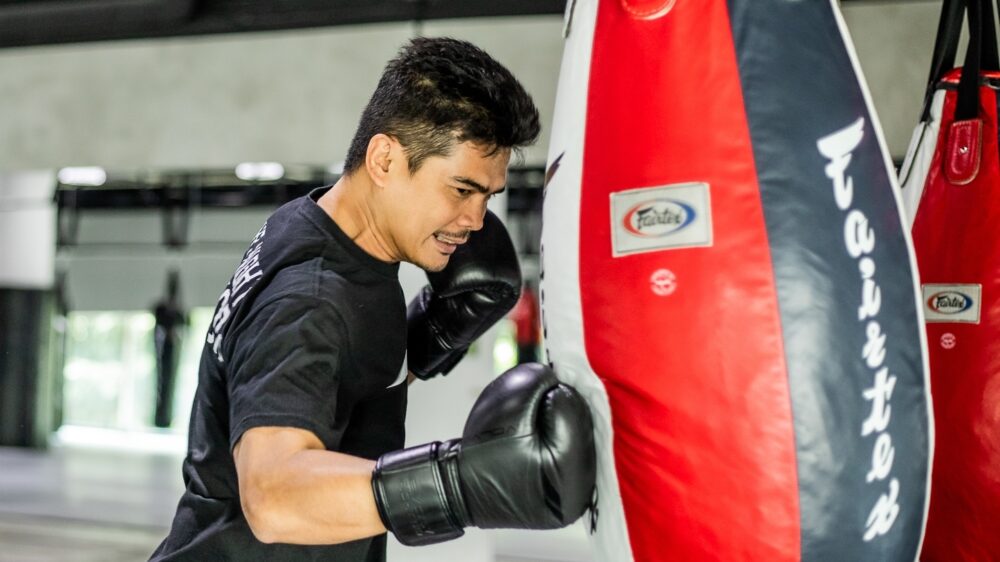
Your natural instincts and traits typically impact which boxing styles you prefer. These include:
- Personality Type: Are you more on the aggressive side or passive? A boxer with an aggressive personality is more likely to prefer a brawling style, while a passive boxer might prefer to counterpunch.
- Natural Strength: Some people are naturally stronger than others, making them more likely to gravitate towards styles that favor strong boxers like the slugger style.
- Speed: Fast boxers often excel more at fighting at outside range than slower boxers.
- Reach: Boxers with long arms are more likely to be successful fighting at long range.
2) Style Bias
Many boxers are biased towards techniques they pick up easily during training and fighters they admire. Boxers are also influenced by styles that are more popular with fans. For example, many boxers use the slugger style simply because it’s the most fan-friendly style. You’ll rarely ever hear boxing fans call a brawler boring. The same can’t be said about defensive boxers like Floyd Mayweather, who often found himself dealing with accusations of being boring or “running.”
You really shouldn’t be picking a boxing style based on which fighters are your favorite or what the fans want. Your main priority should be finding the style that optimizes your skills.
3) Gym Culture
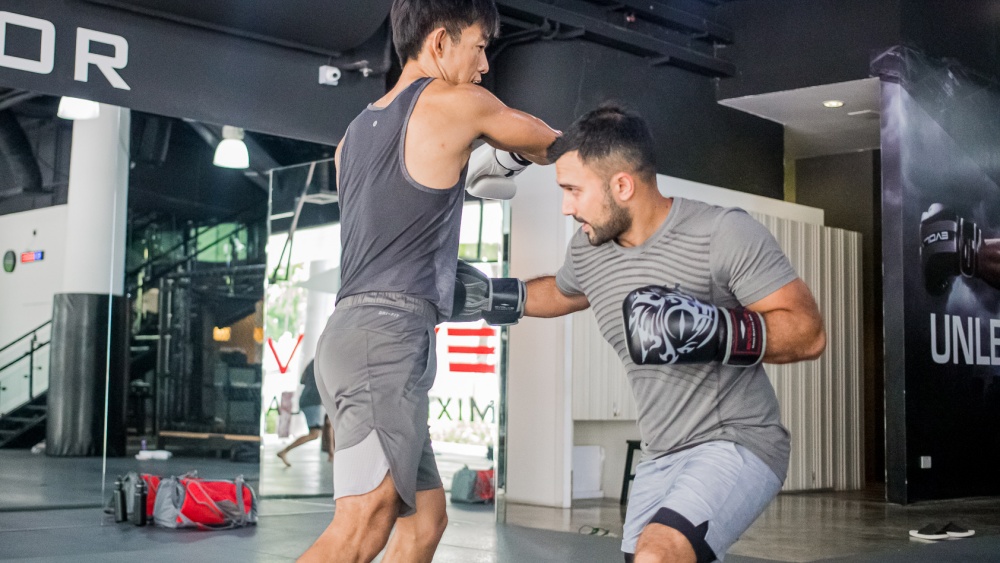
Your coach and gym culture also influence the fighting styles you gravitate toward. Your training partners’ abilities also affect how you box. For example, if your gym is filled with defensive-minded out-boxers, you will naturally develop a similar style. If your training partners are the aggressive, brawling type, you might find yourself fighting like that.
Spending years listening to your trainer’s fighting philosophy will also affect how you approach boxing. You might start to share the same fighting mentality as you pick up their tricks and strategies.
4) Improved Competition
Facing better opponents as you improve will force you to make some changes to the way you fight. There’s a significant jump in competition when you go from sparring with random people at the gym to facing serious boxers in tournaments. Things that were effective in the gym, might not be as effective when you’re going against smarter, more experienced boxers. You need to become more strategic as your level of competition improves.
5) Success Inside The Ring
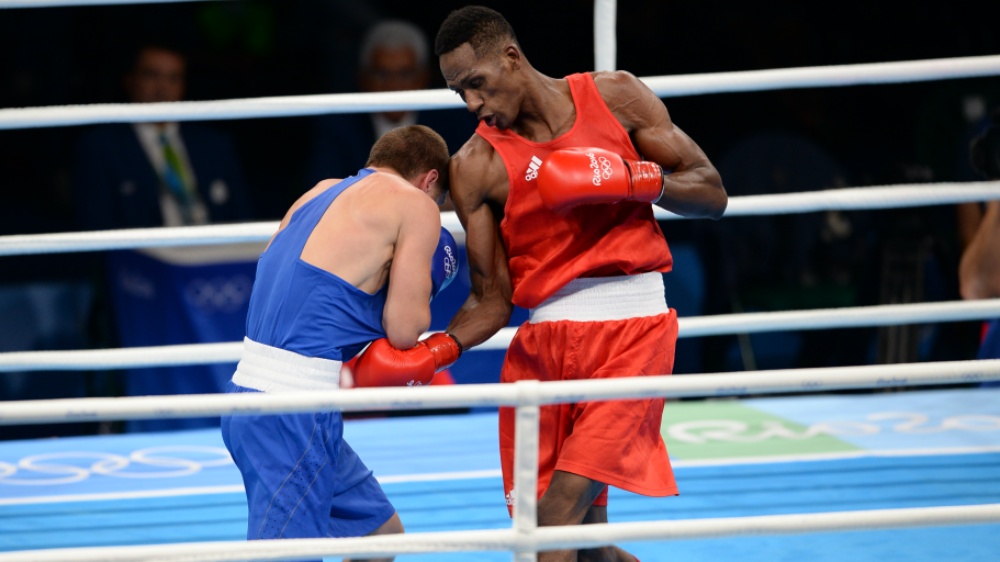
The more successful you are inside the ring, the more you’ll notice patterns that lead to your accomplishments. For example, if you’re a knockout specialist, you’ll start to remember movement patterns and combinations that led to knockouts.
If scoring more points than your opponents has led to more success for you, you might start to develop an outfighting style.
6) Age
Your body will accrue wear and tear over the years and you might no longer be able to move as you did during your younger days at some point in your life. Or it might be your endurance that starts to go away as you age. These things force you to approach boxing differently.
Just Be Yourself
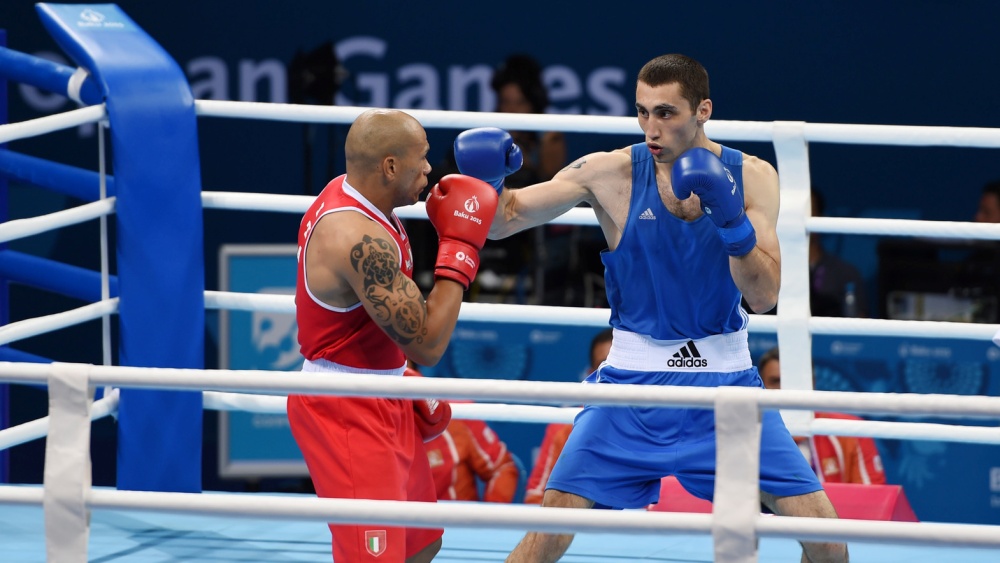
The best boxing style for most boxers is their natural boxing style; which is constantly evolving. Don’t focus so much on styles when you start training, instead, focus on mastering the fundamentals and getting some sparring experience.
Boxers should constantly be learning new tricks, which will inevitably change how they fight. It’s like walking a path home daily for years before stumbling on a shortcut. The shortcut becomes your new way home from that point. Focus on learning and winning, and the way you fight will be your natural fighting style.
You may also like:
10 Tips And Drills To Improve Your Reflexes For Boxing And Muay Thai
